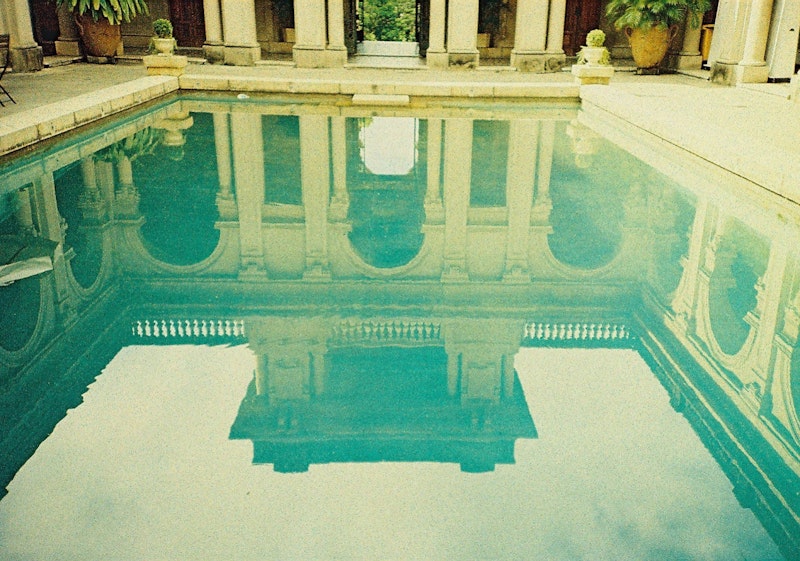Dana Schutz: Sometimes it’s easier to deal with things you don’t like, that rub you the wrong way, that irritate you.
David Nash: Yes. I was presented with a huge dead elm tree in Ireland that had been dearly loved by the owner.
Schutz: There’s this collision between his body and the piano, like he’s sliding into the picture plane and the piano is being shoved back.
Nash: It upsets quite a lot of people. I lit it up on the inside with some submerged candles so it just flickered.
Schutz: This would make a great Instagram photo.
***
Nash: There are shapes and combinations that seem to be universally satisfying.
Schutz: Sometimes. It depends. They’re like storms.
Nash: There is no shamanism. What really happens there?
Schutz: You can see its seams, and the coat is the color of canvas.
Nash: What I hadn’t anticipated was that people liked to walk on it.
***
Schutz: The only way it could really work would be with that eye-contact with the viewer, and a hand against the back plane; moments that stop the action, that grant access to the viewer to what’s going on.
Nash: Making objects, making gestures that are sustained in a certain place, knowing that other people are going to see it encourages other people to be aware of it.
Schutz: So much about that includes a kind of balance, so you can feel the way that something is structured in your body.
Nash: The whole point of these pieces is the nothing.
Schutz: I really want to see it again.

